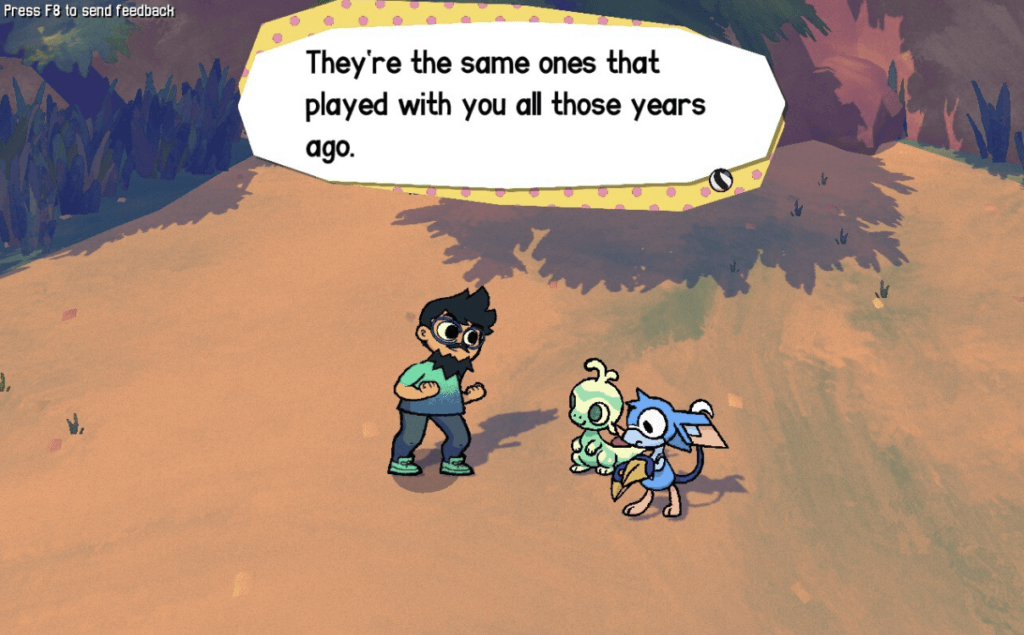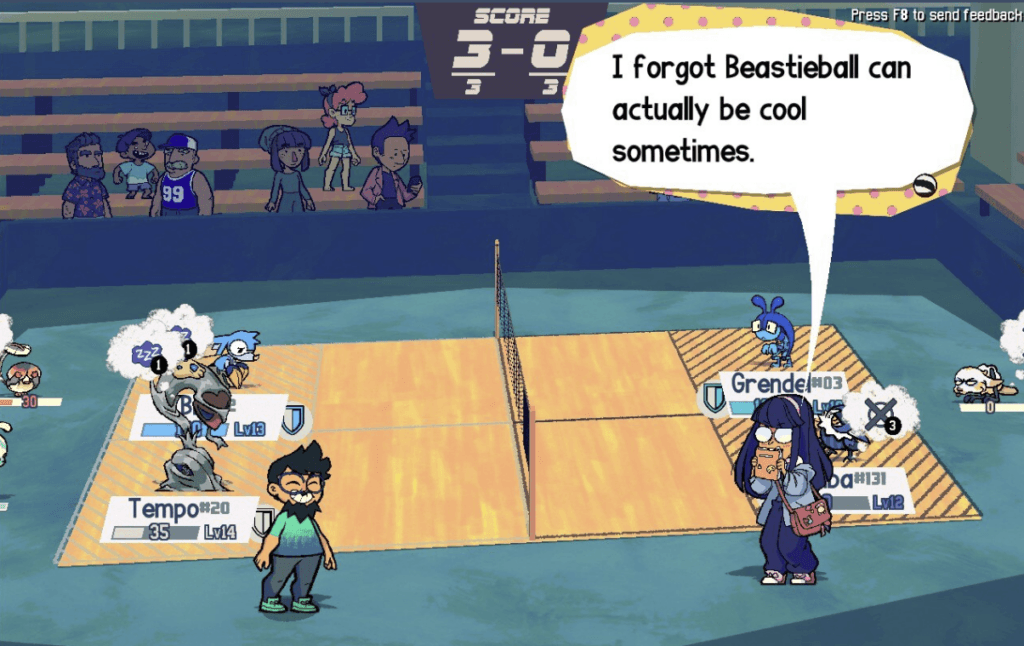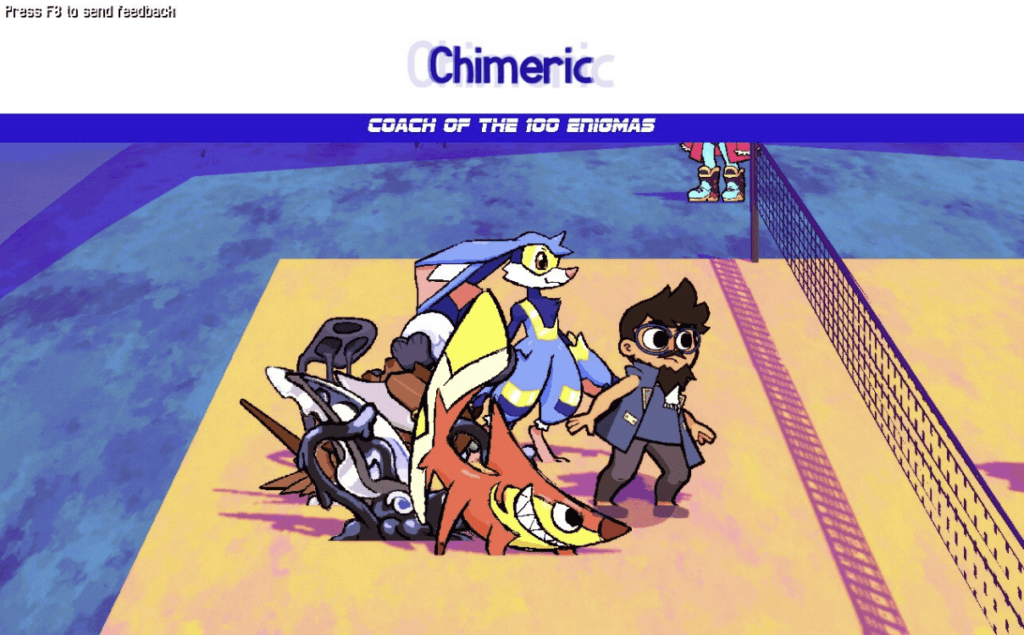‘Beastieball’ is ‘Pokémon’ Meets ‘Haikyu’ and a Prime Example of Why I Love Indie Games
‘Beastieball’ is ‘Pokémon’ Meets ‘Haikyu’ and a Prime Example of Why I Love Indie Games
https://blacknerdproblems.com/beastieball-early-access-review/
I was browsing my BlueSky timeline when I saw my friend, Josh Boykin over at Intelligame (go check him out) had reposted a series of Steam reviews from an account for Beastieball.
Curious, I went to the account and saw that Beastieball was in fact a turn-based volleyball RPG where you coach monsters and that it was in Early Access. At which point, I dropped everything I was doing, spent $25, and immediately found myself in a surprisingly robust character creator that let me select my pronouns which I loved and is more than I will ever expect from a Pokémon game, but that’s neither here nor there.
What is on the table is the fact that neither in my wildest dreams would have I wished for what is essentially Pokémon x Haikyu. Now that I have it in my hands, anything feels possible and nothing will ever be too niche to find a surprisingly large audience.

You start Beastieball in the Rustile Nature Preserve where Beasties are out roaming and playing volleyball with ball mushrooms and meet your friend Riley. You find your starters and learn the basics of the game’s combat. Then, there’s a time skip that takes you to the main story where your nature preserve is about to get demolished to make way for a new stadium. At its core, the game knows that it is in fact a sports anime (even going so far to ask you if you have ever seen a sports anime during this tutorial) before giving you some jerseys to recruit some Beasties and set out to become the number 1 ranked coach in the world and maybe stop capitalism from displacing the local beasties.
The bones of Beastieball most closely resemble Galar of Pokémon Sword and Shield. Not quite the open world of Pokémon Scarlet and Violet‘s Paldea region, but not quite as strictly linear as Red & Blue. You start out with the ability to sprint as well as jump over ledges and onto small extrusions as well as toss balls all of which end up being used to solve a variety of overworld puzzles to progress throughout the game. But ultimately, if you’re played a “mon” game, you know how this works: travel regions, make friends, challenge other teams, work your way to the top and get stronger. Whereas the skeleton may be the same, the beating heart of the game is very different.
While there are three starters that introduce the typing (physical, soul, and mind), these three are in fact the only typings in the game and Beasties design is wildly varied as a result. There is a very clear visual dictionary that is easy to pick up after interacting with a few different Beasties, and rather than having strict type advantage, the system is oriented around a streamline power/defense system. Individual beasties have their own baseline stats that can be influenced with training and playing games with other beasties, not unlike the individual and effort values found in Pokémon. This does mean that while you still need a variety of Beasties, you’re not quite as beholden to finding a ringer for a particular gym.
The capture mechanic is also completely deterministic. As you play matches against unteamed Beasties you will complete research. After enough back and forth, you are told the recruitment condition and if you satisfy it, you can offer them a journey and a spot on the team. Your team consists of five Beasties, and the rest of your menagerie can either join an away team to get experience, or otherwise vibe in their home habitat. You can even have practice matches with them in the overworld.
The battle mechanics are easy to learn, difficult to master. While most times you will probably find yourself doing the conventional “get the health bar to zero,” you can also score points by carefully aiming the ball in undefended areas of the court which allows you to out strategize opponents who may have otherwise put you in difficult positions. If you’ve played any sort of Pokémon game in recent memory, you’d recognize clear design inspirations. There’s a move that’s essentially Close Combat. One is clearly Spikes. One ability will resemble Protean, and another resembles Mummy. But because there is a positional element, some of the moves don’t have quite as clear counterparts. It also leads to situations where you have some basic actions (move, free ball, volley) that are shared across all move sets. This leaves you only three different moves to work with and learning how to mix and match offensive tactics, defensive maneuvers, and support coaching has just the right level of depth.
The game also encourages you to stick with the same team once you find a configuration you like by having your Beasties bond with each other. They can be rivals, partners, besties, or sweethearts. These dynamics have gameplay benefits while also adding some sports anime scenes as you progress.
Beastie stamina is also normalized, although the relative power isn’t. If you find yourself revisiting an earlier route with higher level Beasties, you’ll see egregiously high damage numbers as a result. And as you progress, you’ll find that the game takes great effort to introduce several varieties of battling to the game. Some are super gimmicky, but some are interesting pivots that basically change up one key element and force you to adapt.
The game has several great quality-of-life features including the ability to see all available information on opponents as desired, an auto-battle option if you want to turn off your brain a little and trust the surprisingly competent AI, and the ability to adjust your moveset on the fly. It’s great that you’re able to adjust the level of engagement so easily.
So, now that we’ve sufficiently gone over the bread and butter of the monster centric RPGs systems, let’s talk some gravy. The artistic style is great, striking pastels with strong contrasts, good environmental design, and cute animations. Characters are varied, and the music is absolutely enchanting. The story takes the stock standard cues from any other piece of sports media, but it manages to execute these cues well at every turn and takes the time to subvert a couple expectations here and there (namely, a clever environmentalist bent seeded in the beginning).
It feels like a lived world. It’s one where Beastieball is integral to life, but there are several characters who have unrelated hobbies and interests that you get to engage with in various degrees. The social link system runs on a cute social battery system, and while not every social link is fully fleshed out, the events are sweet moments and I bonded with several characters.
The early access took roughly 13 hours to beat the main campaign at a reasonably brisk pace. I didn’t delve into every single nook and cranny and definitely stopped worrying about recruiting Beasties for a good chunk of the midgame once I discovered my core players. The post-campaign had a couple fun reveals, and I look forward to revisiting the game when more content gets added. It’s not without fault. Some of the overworld puzzles were a little tedious, some of the pathfinding was a little hard to understand, there was a degree of wild logic that for certain sections didn’t quite map to any semblance of sense, but these are minor gripes.
Beastieball was exactly what I needed. A breath of fresh air that takes the familiar and remixes it into something that feels new and fun. It’s a tribute to my favorite things and I’m excited to see where it goes. If this is the approach, I can’t wait to see the view from the top.
Want to get Black Nerd Problems updates sent directly to you? Sign up here! Follow us on BlueSky, Twitter, Facebook, YouTube, Twitch, and Instagram!
The post ‘Beastieball’ is ‘Pokémon’ Meets ‘Haikyu’ and a Prime Example of Why I Love Indie Games appeared first on Black Nerd Problems.





